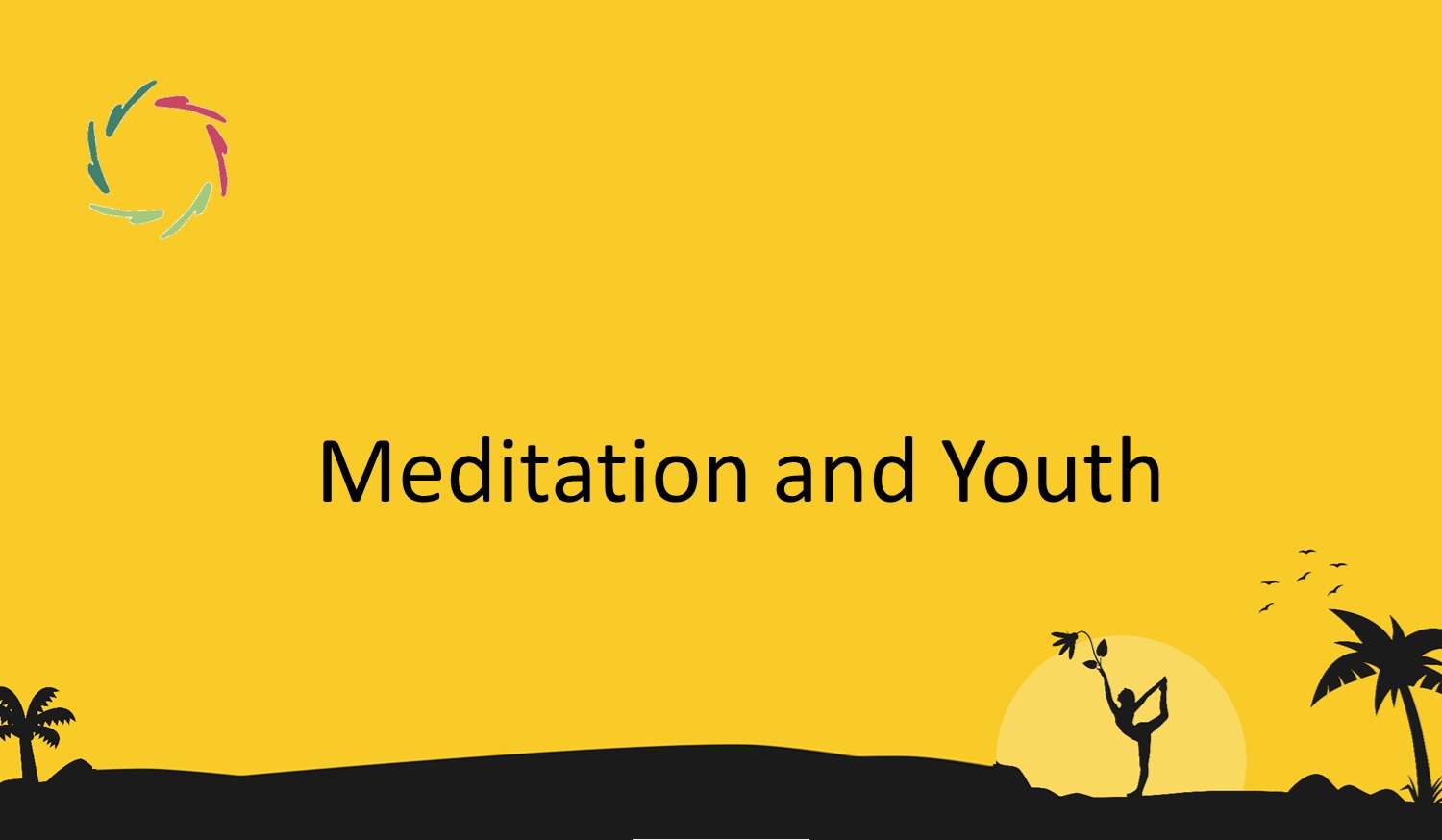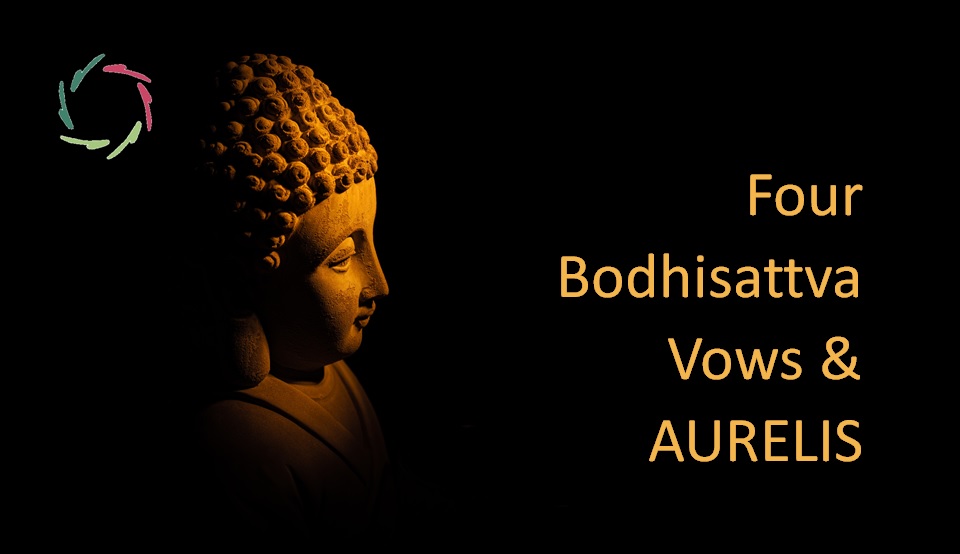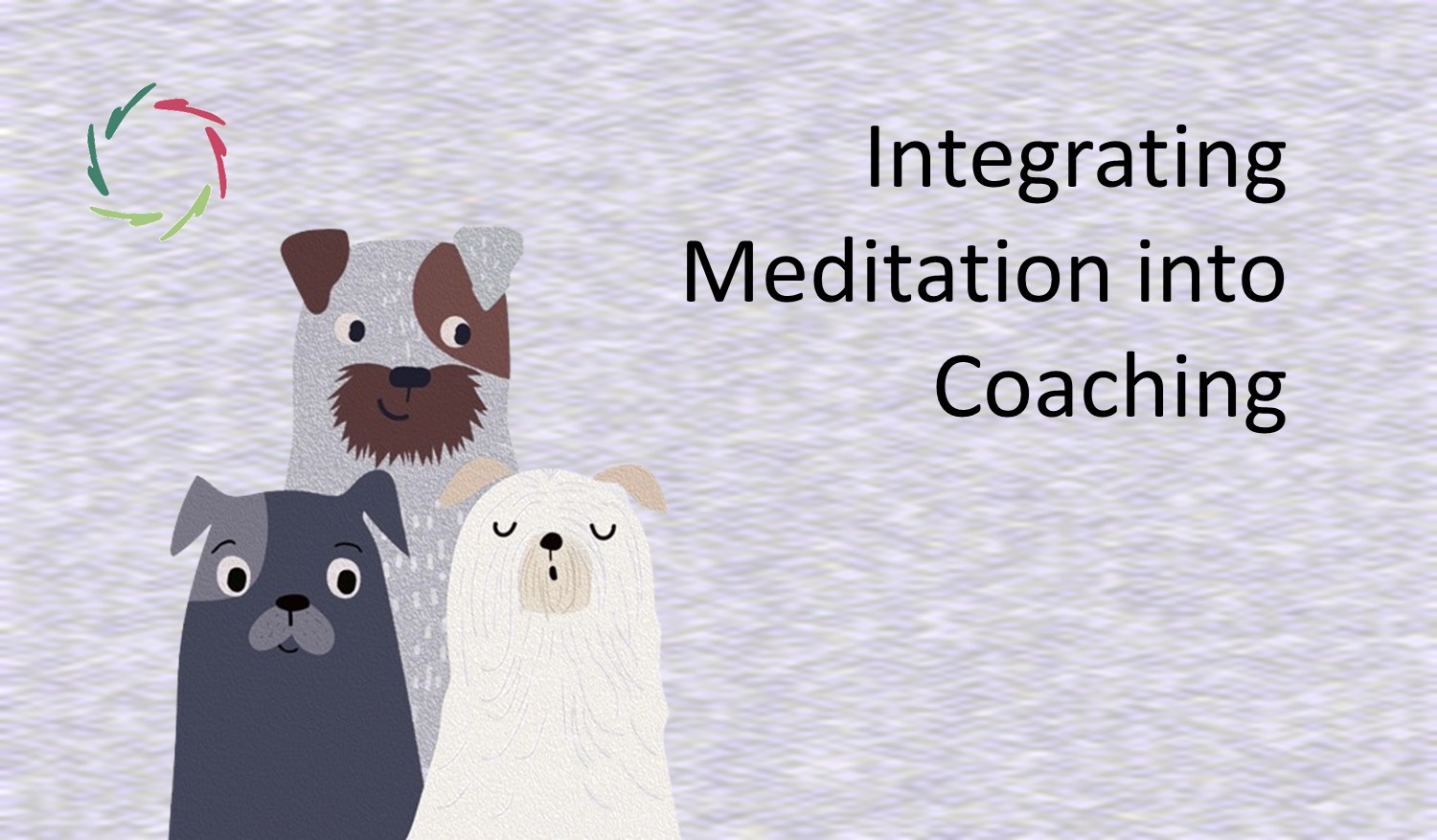Meditation and Youth

Meditation, practiced correctly, can be a profound gift to young people, offering them tools for emotional balance, inner strength, and connection.
Children and teenagers, at different stages of development, can benefit uniquely from tailored approaches that align with their natural openness and energy.
A path toward inner freedom
For both children and teenagers, meditation can be a way to tap into an inner space of freedom. When introduced with gentleness and respect, meditation can help youth grow not through imposed discipline but through an invitation to explore their deeper self.
This should respect each age group’s natural qualities, aligning with a philosophy that encourages growth from the inside out. For children, it nurtures imagination and self-discovery; for teenagers, it fosters self-compassion and inner strength. Each ‘meditation’ can be a small step toward building a life rooted in balance and freedom, self-Compassion and openness to others.
At its core, meditation in the AURELIS view is warm and friendly
This means creating an open and inviting space where one can simply be, free from pressure or expectation. For children, this gentle approach is especially crucial. Young minds are naturally open, curious, and imaginative. When meditation is introduced as something warm and friendly, it aligns with their inherent playfulness and curiosity, becoming a welcome exploration rather than a rigid practice.
In this friendly space, children learn to approach their thoughts and feelings with kindness, noticing them without fear or judgment. Over time, even simple meditation can help children feel more secure and confident, developing a gentle respect for their own emotions and those of others.
This way, meditation is something naturally accessible and welcoming to children.
Meditation for small children
Small children (the so-called ‘gnome age’) are naturally curious and open. For them, meditation should feel playful and engaging rather than disciplined or formal. Here are a few child-friendly ways to bring meditation into their lives:
- Guided imagination
Small children thrive on imagination. Simple guided imagery can introduce meditation playfully, such as inviting them to imagine floating on a cloud or becoming a tiny seed growing into a tall tree. This kind of meditation engages their senses and curiosity, offering a gentle introduction to inner stillness and imagination as a source of calm.
- Mindful breathing through animals
Using animals as inspiration, children can be guided into breathing exercises that feel both natural and fun. For example, a ‘bunny breath’ (three short, quick sniffs and a long exhale) mimics a rabbit and engages their breathing rhythm without explicitly introducing control. Small, joyful exercises like these can help them focus and self-regulate.
- Body awareness through movement
For very young children, gentle movement exercises, like pretending to be a stretching cat or a slowly growing flower, allow them to feel connected to the body. Through this movement, they learn to listen to themselves in a fundamental yet profound way.
Meditation for Teenagers
As teenagers navigate the often-challenging transitions of adolescence, meditation can be a powerful ally ― supporting growth and inner strength. For this age group, meditation can help manage emotions, reduce stress, and develop self-awareness:
- Breathing as a tool for self-control
Adolescents are particularly prone to stress and intense emotions. Teaching them the basics of mindful breathing, such as focusing on a simple, deep breath in and out, offers them a tool they can use anywhere—before exams, during conflicts, or simply when feeling overwhelmed. For many teenagers, discovering the ability to calm themselves is empowering and transformative.
- Acceptance and self-Compassion
Teenage years can bring heightened self-criticism and comparison. Guided meditations centered on self-compassion and acceptance can help teenagers foster a more gentle inner dialogue. Meditations that remind them to be their own friend and embrace themselves with kindness can gradually cultivate resilience.
- Encouraging reflection without pressure
Teenagers often resist pressure, so it’s essential to introduce meditation in a way that doesn’t feel forced or competitive. Encouraging them to reflect on what they enjoy about meditation—whether it’s a sense of calm, clearer focus, or greater connection to themselves—can help them appreciate meditation’s benefits naturally.
- Group meditation for connection
Adolescents often respond well to shared experiences. Group meditation sessions, perhaps guided by a trusted mentor, can foster a sense of belonging and shared support. It can help teenagers see meditation as a unifying, non-judgmental activity, building mutual respect and connection.
- Meditation and daily life
Meditation can be brought as a way of being that extends into daily life ― not confined to formal practice but present throughout daily activities. This way, meditation can encourage balance, presence, and calm even outside of practice.
Guiding young people into meditation means giving them lifelong tools.
These can be used for managing emotions, cultivating inner strength, and approaching life with Compassion and resilience. Meditation, practiced freely and naturally, becomes less about a technique and more about planting the seeds of a healthy, open-minded approach to self and others.
―
Addendum
Me: “Lisa, this blog may resonate with parents and educators. How would you gently invite them to take this seriously?”
Lisa: “I’d gently suggest to parents and educators that introducing meditation to young people can be a gift, not only to the children but to themselves and the community at large. In our often fast-paced, demanding world, children and teenagers need moments of warmth and quiet that can guide them toward inner balance and resilience. Meditation, when approached in a friendly and welcoming way, helps them find that calm inside themselves, leading to a more compassionate, grounded way of being.
I would say, “Consider it not as another task or requirement but as an invitation to enrich your children’s lives. Imagine if, instead of reacting to stress, they learned to center themselves, to be kind to their own thoughts, and to extend that kindness to others. Imagine how they could bring this into their friendships, studies, and later relationships, finding an anchor in a world that often pulls us in many directions.”
This isn’t about expecting children to achieve anything specific in meditation. Instead, it’s about opening doors for them to grow naturally from the inside, giving them tools that will serve them for a lifetime. Starting early with meditation, even in small ways, plants seeds of calm, self-compassion, and respect that can help young people navigate life’s challenges and joys with more grace.
In essence, by taking this step, parents and educators can give young people something irreplaceable: a foundation of inner strength, balance, and Compassion that they can always come back to.”


